WESTERN ASIATIC BABYLONIAN HEAD OF THE GODDESS ASTARTE 2nd millennium BC A terracotta plaque of the goddess Astarte wearing a polos crown with double band to the brow with impressed circles; three locks of curly hair to each side of the face; mounted on a custom-made stand. 1.25 kg total, 23cm including stand (9"). Condition Fine condition. Provenance From an old British private collection; formed between 1975 and 1985. Footnotes Astarte is mainly associated with the Caananites and the Phoenicians and is similar to the more well known goddess Ishtar. She was worshipped from the Bronze Age through to the end of classical antiquity. She was the chief deity of Tyre, Sidon, and Elat, important Mediterranean seaports, as well as with the fertility of crops and cattle, sexuality, and war. Her symbols were the lion, the horse, the sphinx, the dove, and a star within a circle indicating the planet Venus. In the Ugartic texts of Canaan she is closely associated with Ba'al, the chief deity of the Canaanite pantheon during the period of the Israelite monarchy. In the Bible she is frequently mentioned as Ashtoreth, whom the Israelites were much tempted to worship against God's will; in Jeremiah 44:17 the Israelite women are quoted as saying, 'We will burn incense to the Queen of Heaven and will pour out drink offerings to her just as we and our ancestors, our kings and our officials did in the towns of Judah and in the streets of Jerusalem. At that time we had plenty of food and were well off and suffered no harm'. Her worship was fairly widespread in Israel, and she may have been seen as the consort of the Israelite god Yahweh, as well as of Ba'al, with whom Yahweh could easily have been confused in the popular imagination. At the early synagogue on the island of Elaphantine, in southern Egypt, the holy of holies was dedicated to 'Yahweh and his Asherah', another name for Astarte. King Solomon was known to have been a worshipper of Astarte, though this was blamed on his foreign wives leading him astray. Later the cult places to Astarte were destroyed by Josiah. Astarte was also worshipped in Egypt and probably entered the Egyptian pantheon in the New Kingdom. At the Phoenician city of Byblos, a city which from earliest times had close connections with Egypt, she was known as Baalat Gebal, Lady of Byblos, and was worshipped in the so-called Obelisk Temple, where one of the obelisks was inscribed with hieroglyphs. As a war deity she was often called upon to provide protection. She is mentioned in the Great Sphinx Stela of Amenhotep II at Giza, which states 'Then the king's son was told to look after some horses of the king's stable. He did what he was told, and Reshef and Astarte rejoiced over him as he did all that his heart desired'. In the Greek and Roman periods she was associated with Aphrodite and Venus, and her cult was quite well spread across the Mediterranean. In the novel, 'The Metamorphoses' by Lucius Apuleius, her statue is described as being carried in procession around the towns and cities of Greece by a band of of eunuch priests that Apuleius describes in less than flattering terms.
WESTERN ASIATIC BABYLONIAN HEAD OF THE GODDESS ASTARTE 2nd millennium BC A terracotta plaque of the goddess Astarte wearing a polos crown with double band to the brow with impressed circles; three locks of curly hair to each side of the face; mounted on a custom-made stand. 1.25 kg total, 23cm including stand (9"). Condition Fine condition. Provenance From an old British private collection; formed between 1975 and 1985. Footnotes Astarte is mainly associated with the Caananites and the Phoenicians and is similar to the more well known goddess Ishtar. She was worshipped from the Bronze Age through to the end of classical antiquity. She was the chief deity of Tyre, Sidon, and Elat, important Mediterranean seaports, as well as with the fertility of crops and cattle, sexuality, and war. Her symbols were the lion, the horse, the sphinx, the dove, and a star within a circle indicating the planet Venus. In the Ugartic texts of Canaan she is closely associated with Ba'al, the chief deity of the Canaanite pantheon during the period of the Israelite monarchy. In the Bible she is frequently mentioned as Ashtoreth, whom the Israelites were much tempted to worship against God's will; in Jeremiah 44:17 the Israelite women are quoted as saying, 'We will burn incense to the Queen of Heaven and will pour out drink offerings to her just as we and our ancestors, our kings and our officials did in the towns of Judah and in the streets of Jerusalem. At that time we had plenty of food and were well off and suffered no harm'. Her worship was fairly widespread in Israel, and she may have been seen as the consort of the Israelite god Yahweh, as well as of Ba'al, with whom Yahweh could easily have been confused in the popular imagination. At the early synagogue on the island of Elaphantine, in southern Egypt, the holy of holies was dedicated to 'Yahweh and his Asherah', another name for Astarte. King Solomon was known to have been a worshipper of Astarte, though this was blamed on his foreign wives leading him astray. Later the cult places to Astarte were destroyed by Josiah. Astarte was also worshipped in Egypt and probably entered the Egyptian pantheon in the New Kingdom. At the Phoenician city of Byblos, a city which from earliest times had close connections with Egypt, she was known as Baalat Gebal, Lady of Byblos, and was worshipped in the so-called Obelisk Temple, where one of the obelisks was inscribed with hieroglyphs. As a war deity she was often called upon to provide protection. She is mentioned in the Great Sphinx Stela of Amenhotep II at Giza, which states 'Then the king's son was told to look after some horses of the king's stable. He did what he was told, and Reshef and Astarte rejoiced over him as he did all that his heart desired'. In the Greek and Roman periods she was associated with Aphrodite and Venus, and her cult was quite well spread across the Mediterranean. In the novel, 'The Metamorphoses' by Lucius Apuleius, her statue is described as being carried in procession around the towns and cities of Greece by a band of of eunuch priests that Apuleius describes in less than flattering terms.



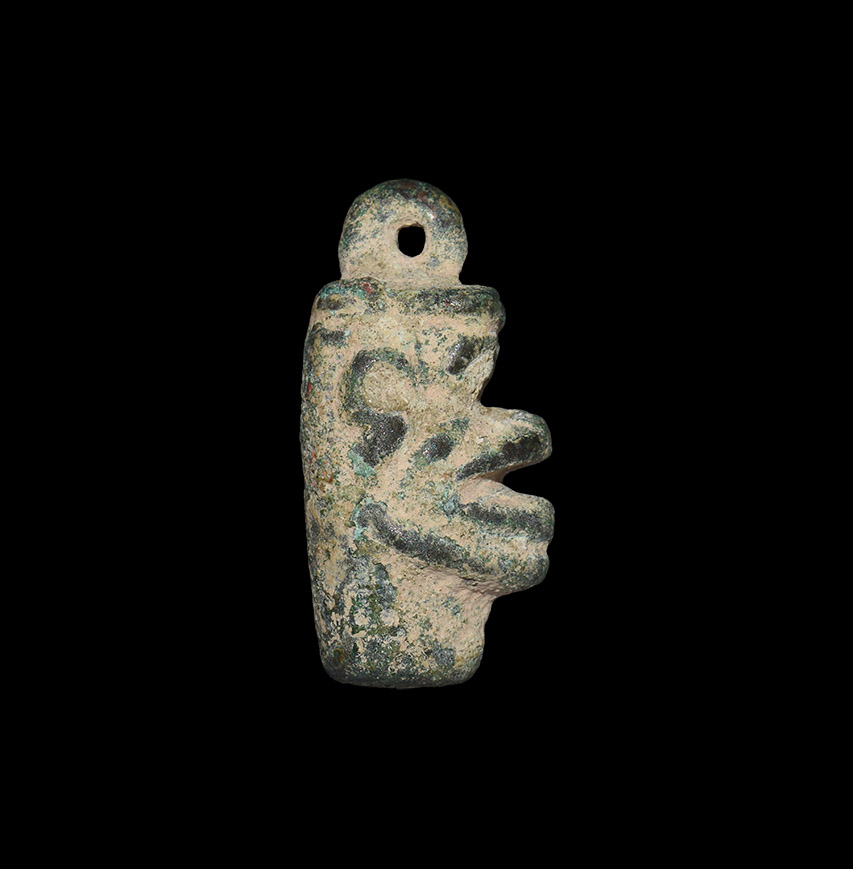
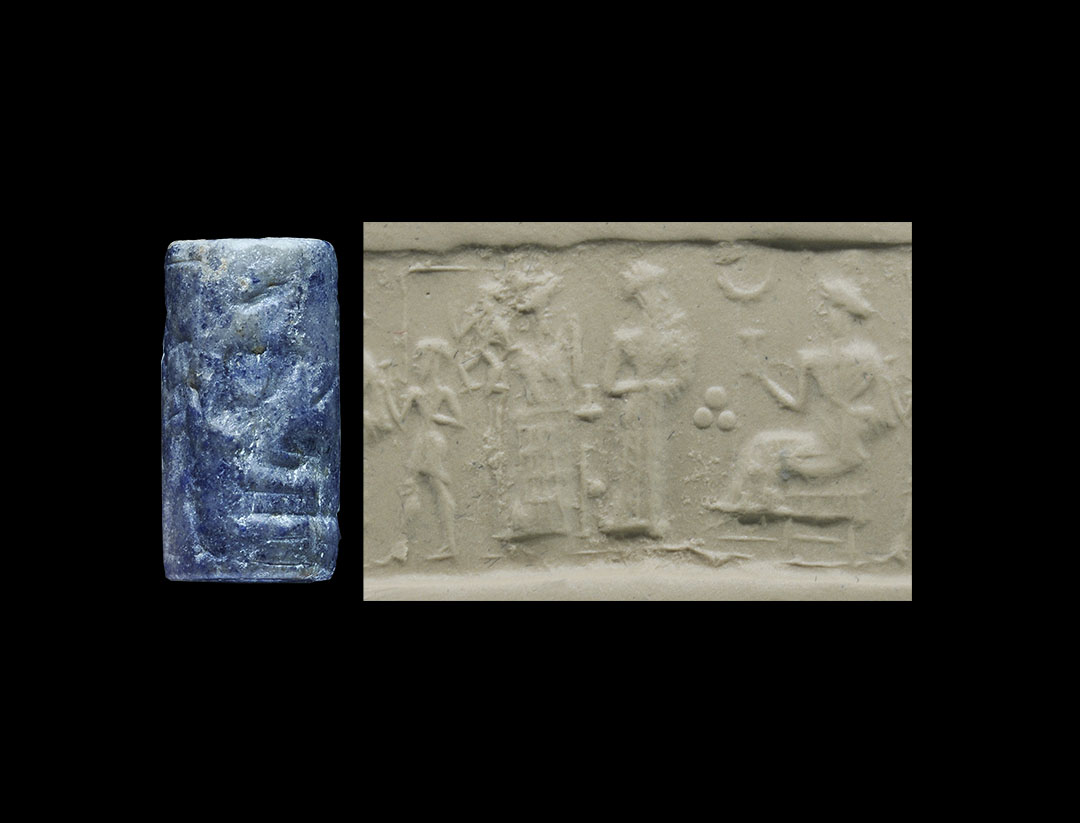





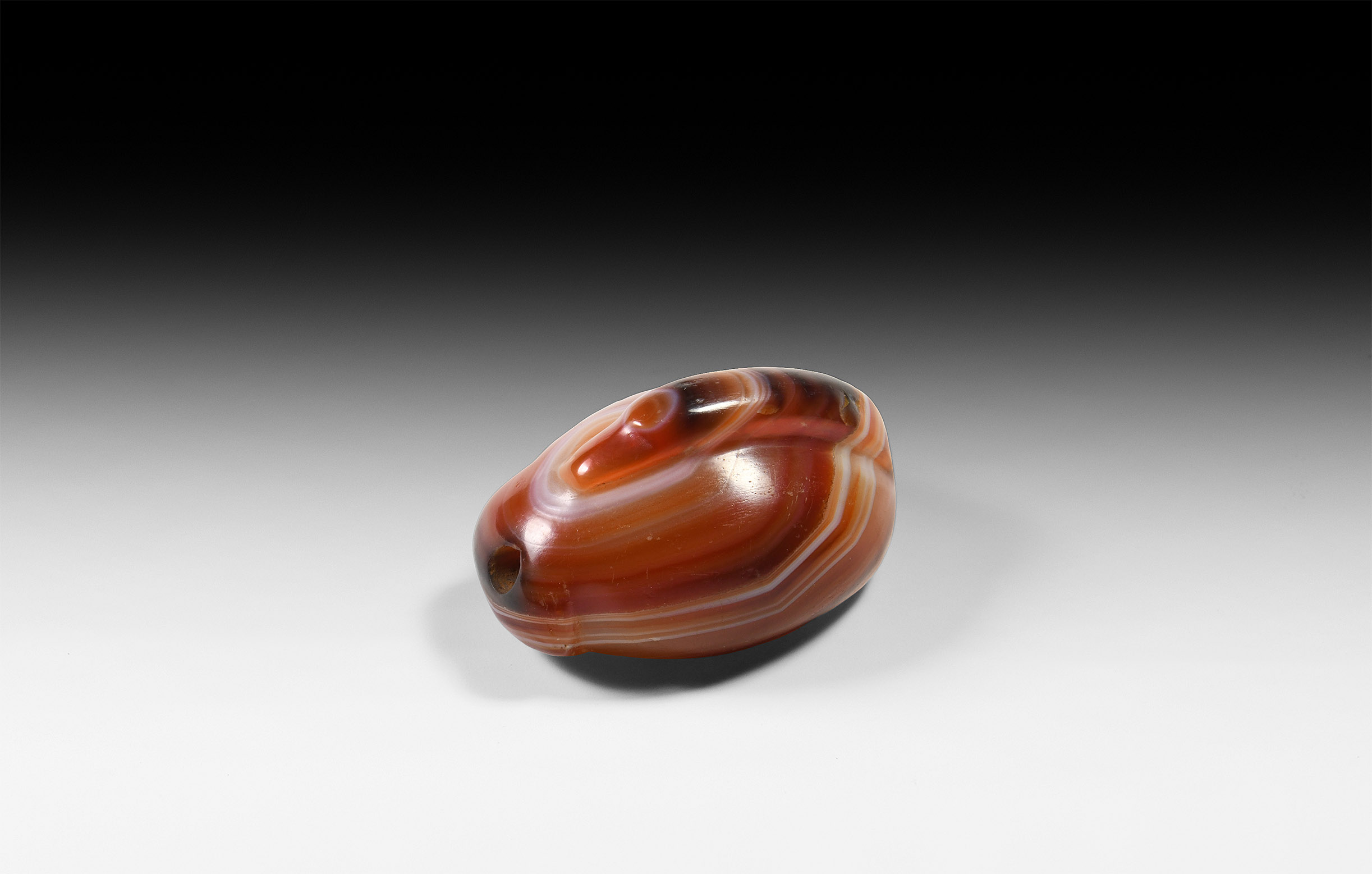
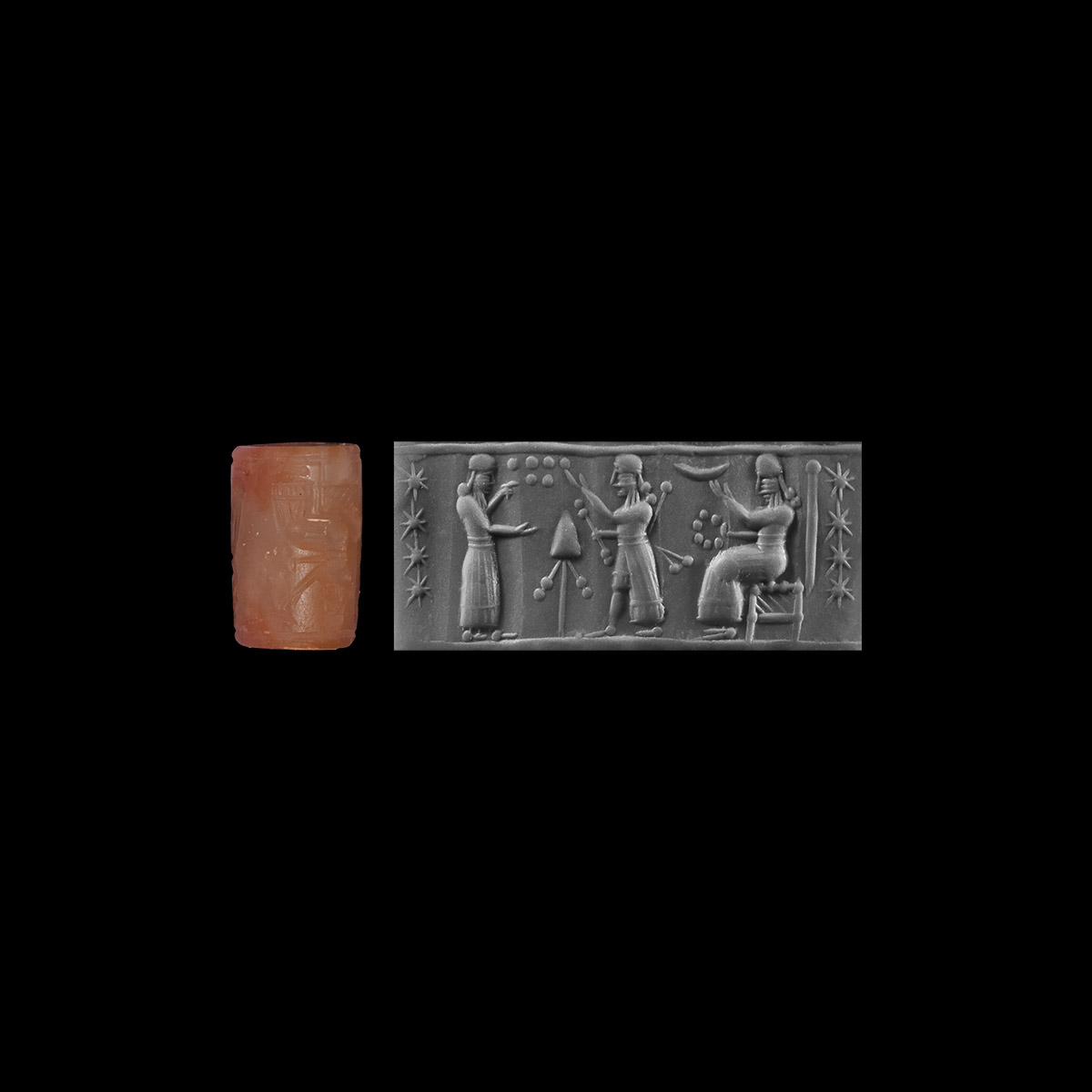
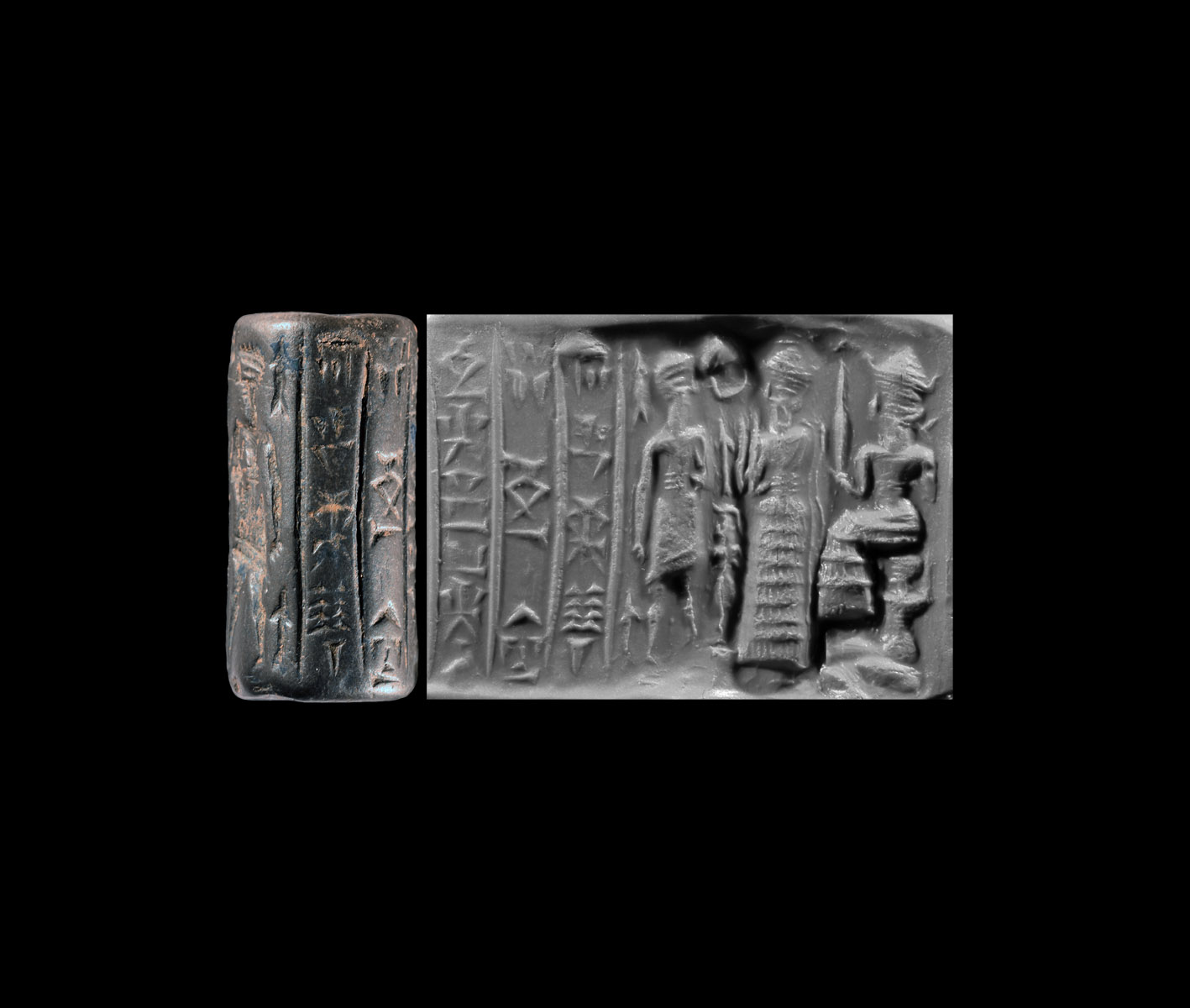
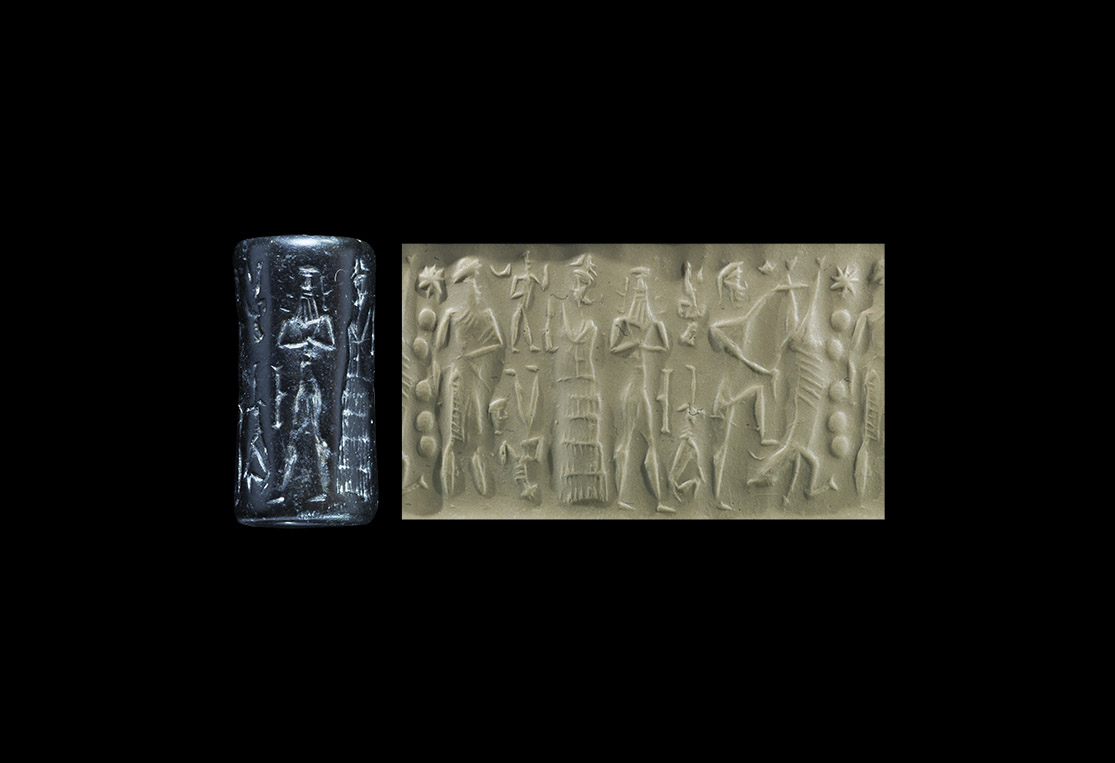
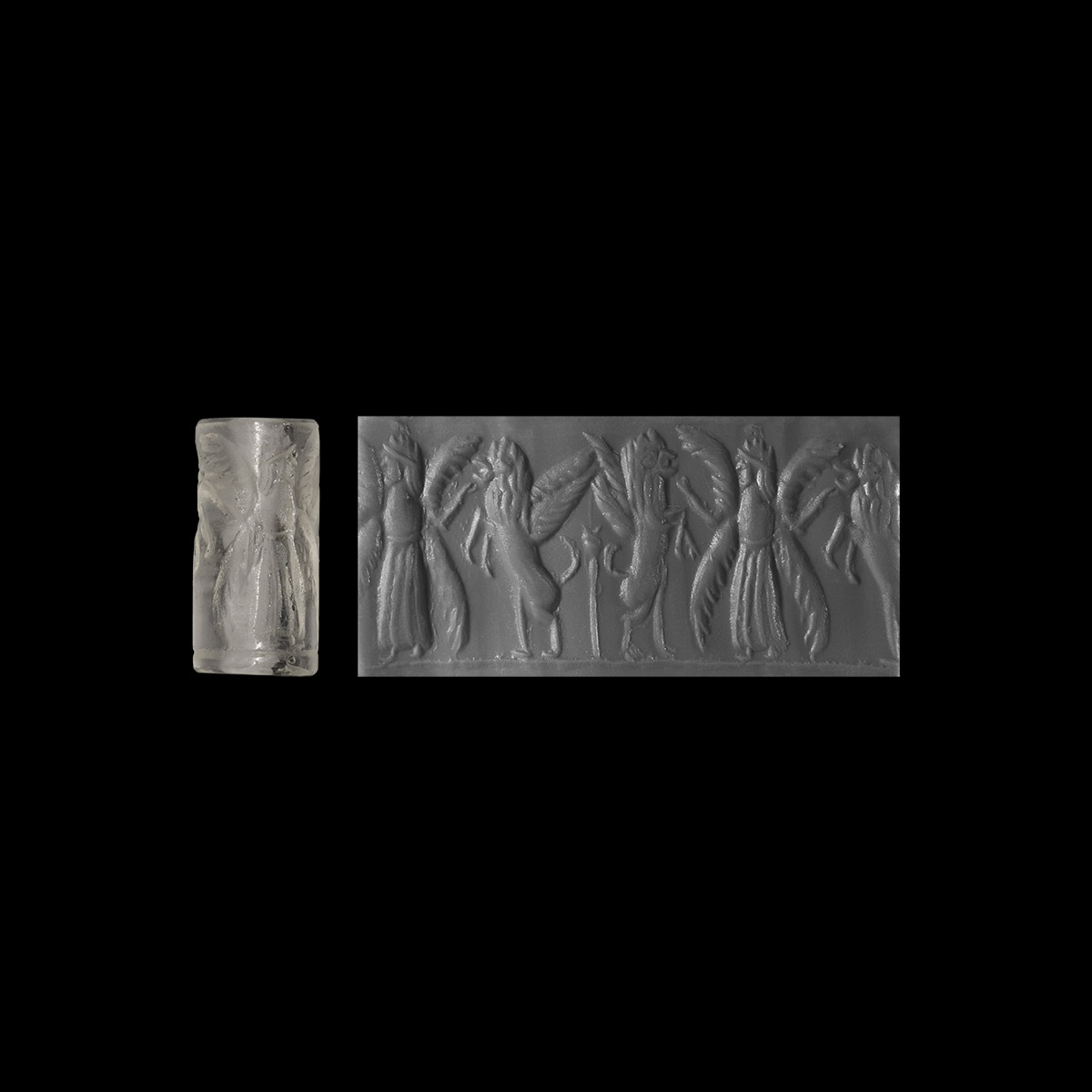
Try LotSearch and its premium features for 7 days - without any costs!
Be notified automatically about new items in upcoming auctions.
Create an alert